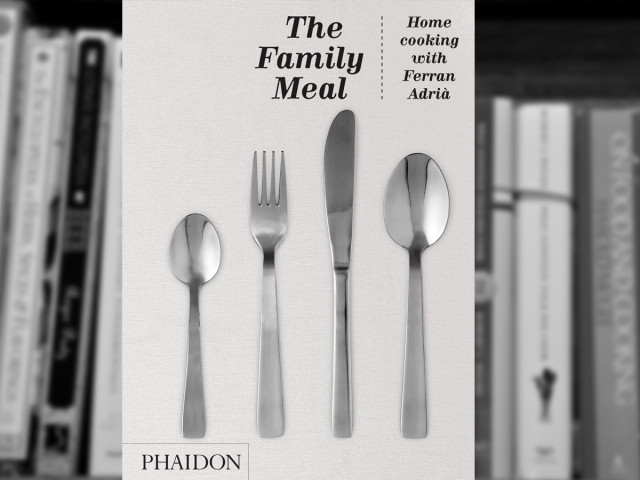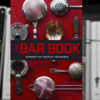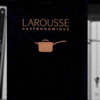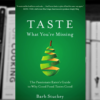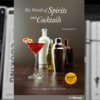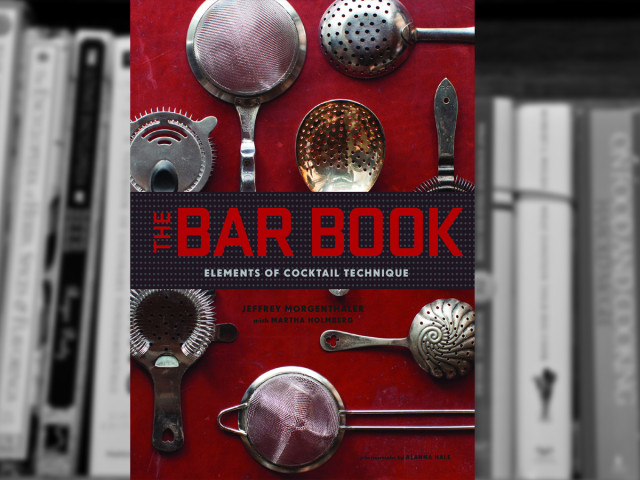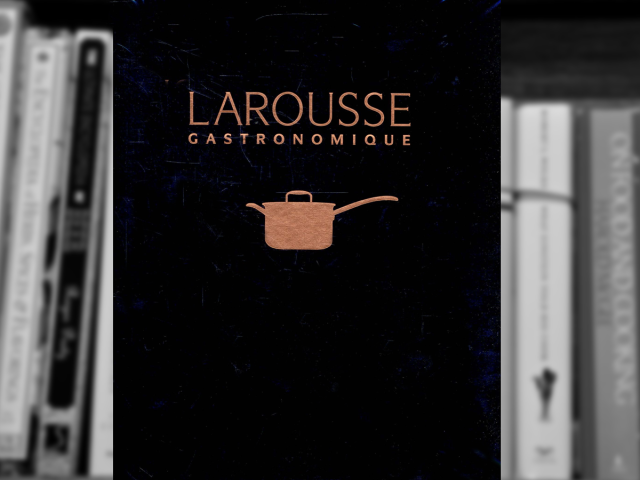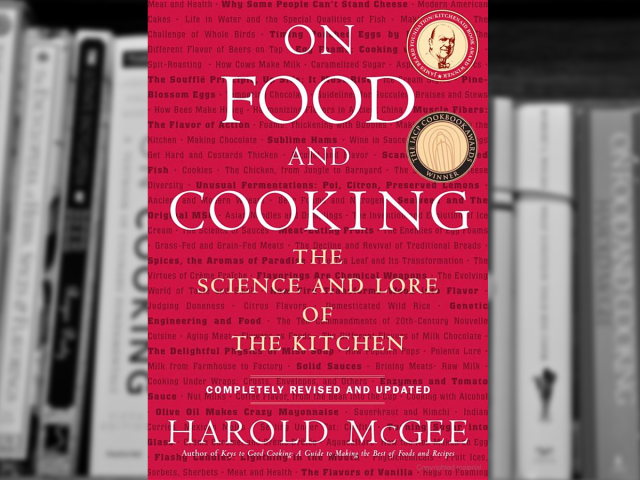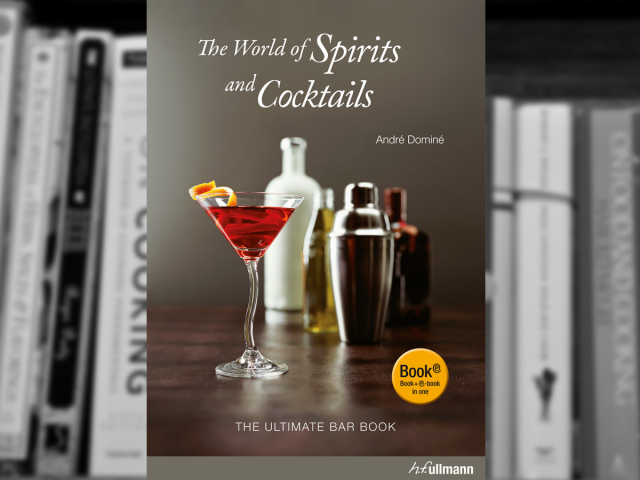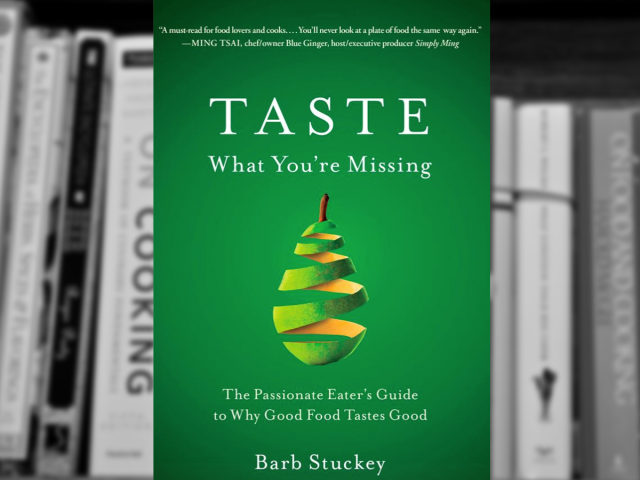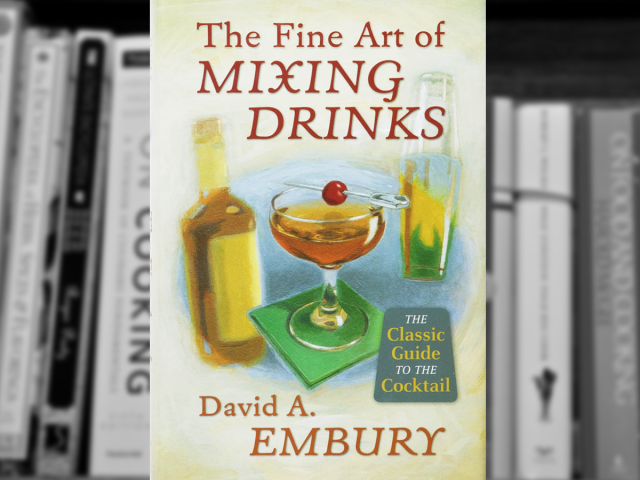
... and a fine art it is indeed! Cocktails appeared suddenly at some point in history. Their story is lost in a plethora of myths and legends. We will never know where or when they originated. But we know that their appearance to the former literature started in 1806. The first definition of cocktail appeared in the May 13, 1806, edition of The Balance and Columbian Repository, a publication in Hudson, New York, in which an answer was provided to the question, "What is a cocktail?". It replied: "Cock-tail is a stimulating liquor, composed of spirits of any kind, sugar, water, and bitters—it is vulgarly called bittered sling, and is supposed to be an excellent electioneering potion, inasmuch as it renders the heart stout and bold, at the same time that it fuddles the head. It is said, also to be of great use to a democratic candidate: because a person, having swallowed a glass of it, is ready to swallow any thing else."... and a fine art it is indeed! Cocktails appeared suddenly at some point in history. Their story is lost in a plethora of myths and legends. We will never know where or when they originated. But we know that their appearance to the former literature started in 1806. The first definition of cocktail appeared in the May 13, 1806, edition of The Balance and Columbian Repository, a publication in Hudson, New York, in which an answer was provided to the question, "What is a cocktail?". It replied: "Cock-tail is a stimulating liquor, composed of spirits of any kind, sugar, water, and bitters—it is vulgarly called bittered sling, and is supposed to be an excellent electioneering potion, inasmuch as it renders the heart stout and bold, at the same time that it fuddles the head. It is said, also to be of great use to a democratic candidate: because a person, having swallowed a glass of it, is ready to swallow any thing else."
Read More
